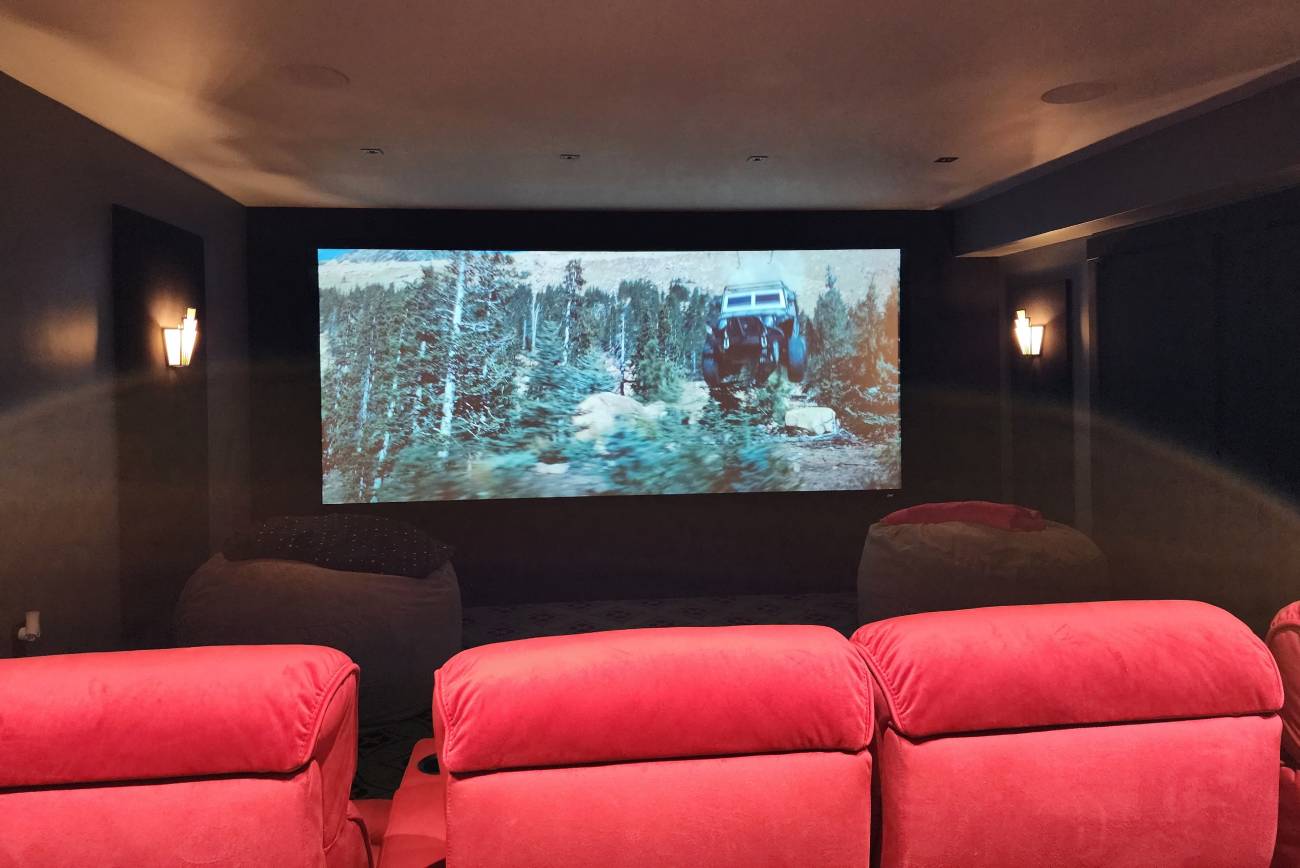High Dynamic Range (HDR) and Standard Dynamic Range (SDR) represent two distinct standards in video quality, each offering unique characteristics and challenges. HDR, with its wider range of colors and luminance levels, provides viewers with a more immersive and lifelike visual experience. On the other hand, SDR, while more limited in its dynamic range, remains a prevalent format in many displays and content delivery systems when contractors build home theaters.
Achieving the perfect balance between HDR and SDR can be a real challenge. As consumers seek to replicate the cinematic experience within their own homes, the complexities of video processing come sharply into focus. In this article, we compare HDR and SDR and discuss how the innovations in these technologies are carving out a fresh new future for the best media room installations.
Exploring the World of HDR and SDR
While HDR promises richer colors and enhanced contrast, the prevalence of SDR displays complicates matters, requiring content to be optimized for both formats. Achieving this delicate equilibrium demands precise calibration of video processing algorithms to ensure content looks stunning regardless of the display’s dynamic range capabilities.
Ambient lighting, viewing distance, and individual preferences further complicate the equation, underscoring the need for meticulous attention to detail. This is just one component of the reason why balancing HDR and SDR with environmental factors and personal preferences is a key aspect of the best media room installations.
Innovations in HDR Technology
Technological advancements like Dolby Vision have revolutionized HDR by incorporating dynamic metadata. This allows content to be optimized on a scene-by-scene basis, ensuring the best possible picture quality regardless of the display device. Similarly, madVR Envy, with its advanced algorithms and AI-driven features, delivers unparalleled image quality and performance in video processing.
Dolby Vision’s dynamic metadata allows for scene-by-scene optimization, while madVR Envy’s advanced algorithms and AI-driven features promise unparalleled image quality and performance. Despite these advancements, challenges persist in achieving seamless integration between HDR and SDR.
Issues such as tone mapping and color grading can impact the final image quality, requiring expert calibration and adjustment. This is where professional firms like Audio Visual Architects come into play, offering customized solutions tailored to specific needs.
The Role of Professional Expertise
At Audio Visual Architects, we specialize in transforming visions into reality. Our custom solutions encompass every aspect of home theater design, from spatial sightline development to acoustic optimization.
With a focus on luxury and performance, we elevate your home entertainment experience to new heights. Experience the pinnacle of in-home entertainment with Audio Visual Architects. Schedule your complimentary consultation today and embark on a journey towards realizing your dream home theater.

